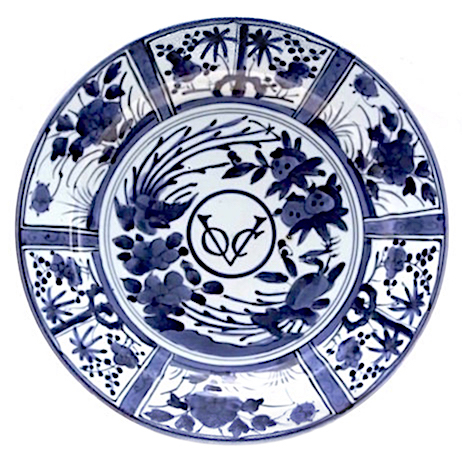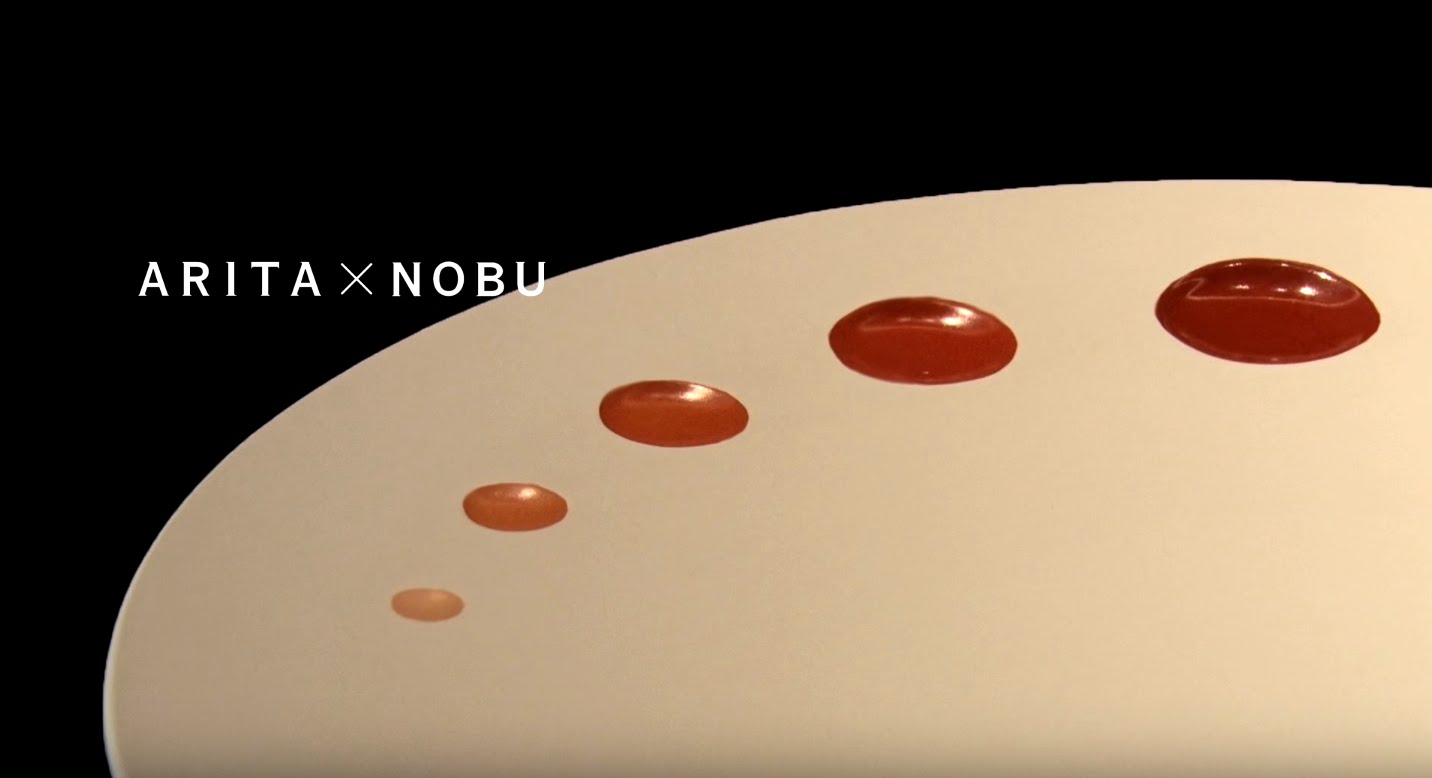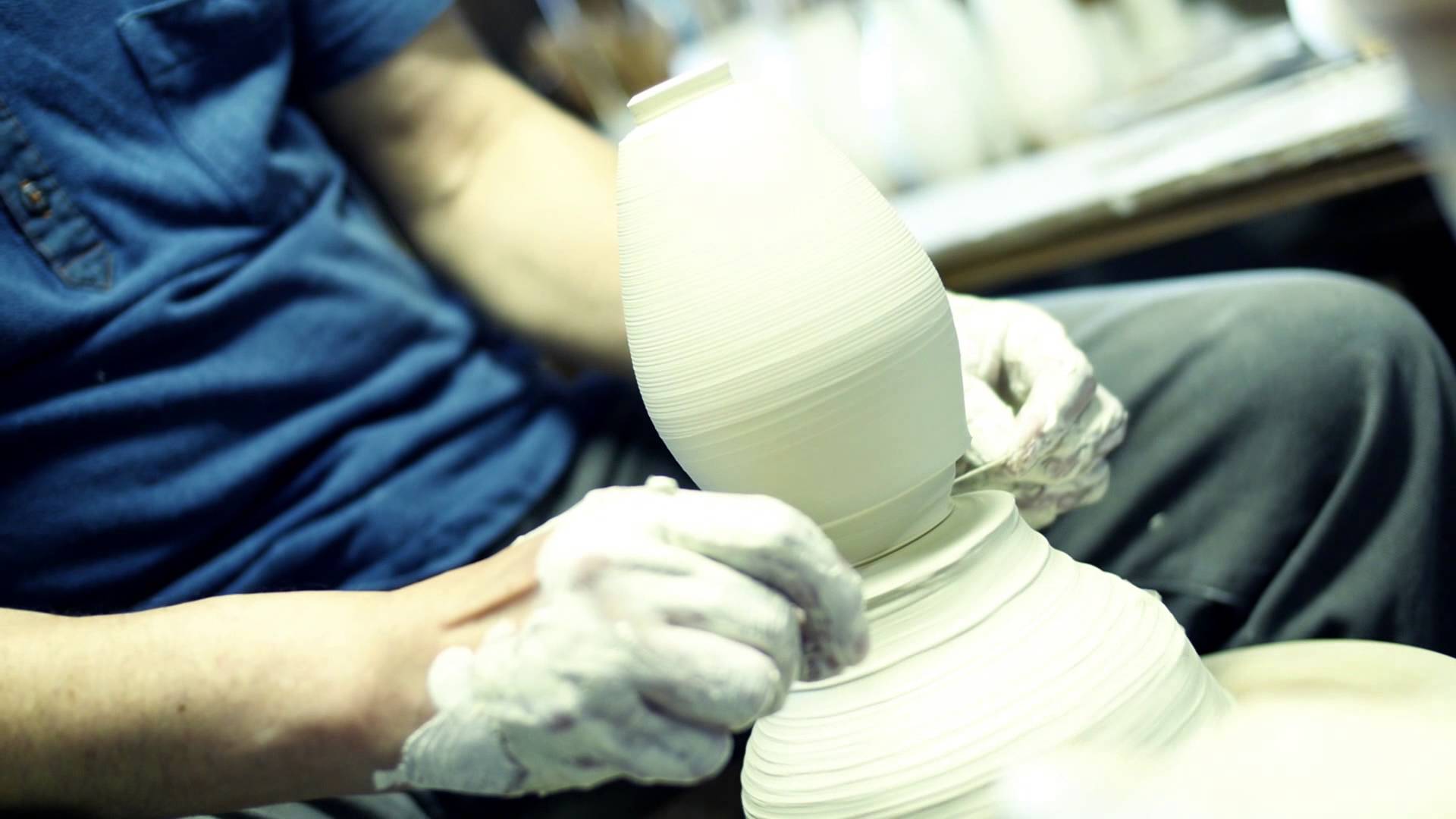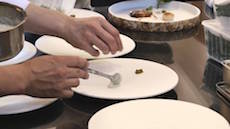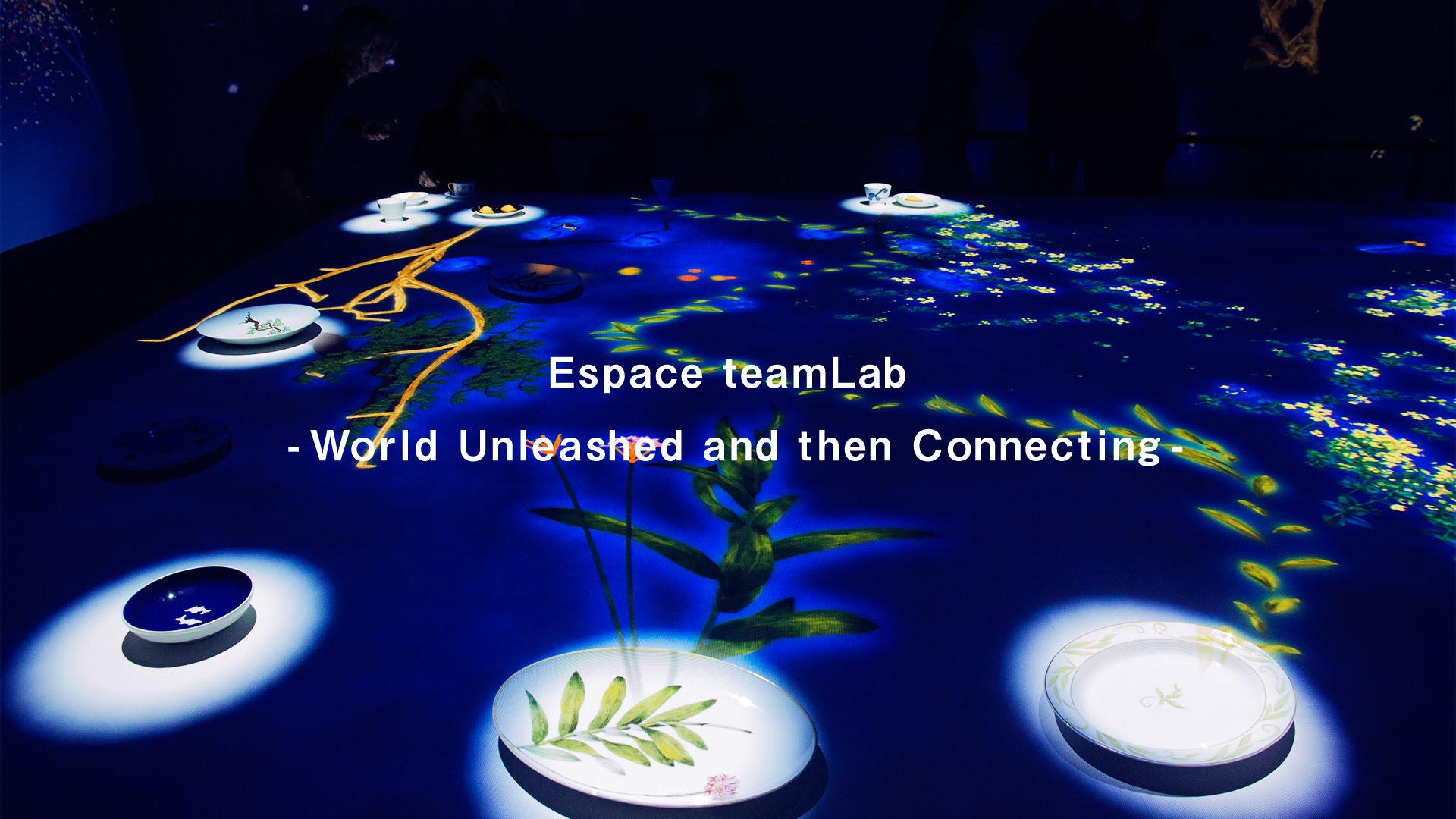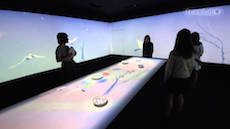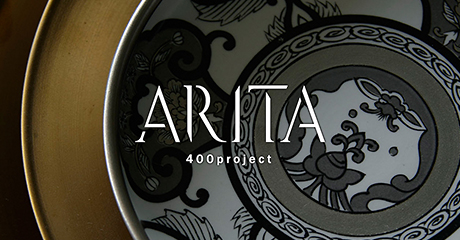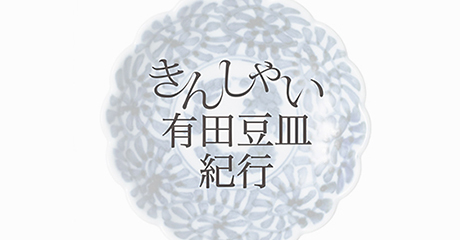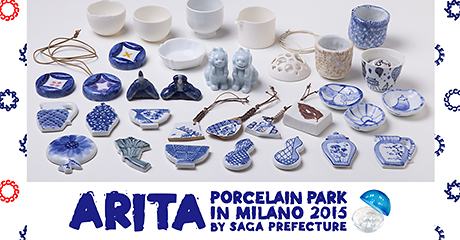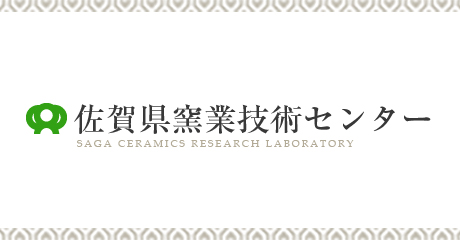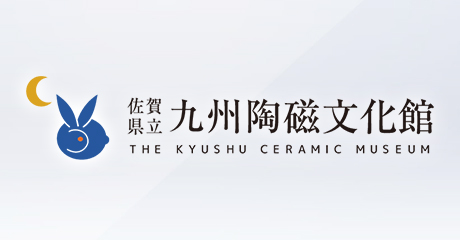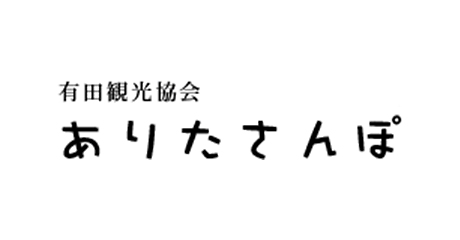1650: Start of export to Europe
When we look back in history to Europe around the time of the start of porcelain production in Arita, we find the newly emergent nation of the Netherlands having won her independence from Spain in 1581. In 1600, the same year as the decisive Battle of Sekigahara, five Dutch trading ships raise anchor and embark on the long and perilous voyage to Asia; only one ship the De Liefde will drift ashore at Bungo Province (Oita Prefecture) in Kyushu, and the renowned English navigator William Adams (Miura Anjin) and a few crew members will be granted an audience with the first Edo shogun Tokugawa Ieyasu.
The following year, 1602, will see the official establishment of the Dutch East India Company, and in 1603, Tokugawa Ieyasu will locate his shogunate in Edo, and in 1604 grant a shogunal charter for foreign trade to ships within Japan and abroad.
The Tokugawa Shogunate preferred the Protestant Netherlands trade-only approach to the trade and Christian missionary policy of Catholic Spain and Portugal; in 1609, the Shogunate gave trading permission to the Dutch East India Company, and the Dutch factory (trading house) was opened at Hirado in Nagasaki.
The establishment of the Dutch East India Company symbolized a sea change in the distribution of power in Europe; since the Age of Discovery, Spain and Portugal both enjoyed the blessing of the Pope, the supreme authority in the Catholic world and had been competing for world dominance. The Reformation had given birth to powerful emerging Protestant nations who would replace the Catholic superpowers; although Britain and the Netherlands shared the same Protestant religion, they were fierce trade rivals.
At the beginning of the 17th century, Europe was gripped in a power struggle and the change from Catholic to Protestant dominance; in Japan, ordinary people were still able to travel abroad, and foreign trade was actively encouraged. However, the death of Tokugawa Ieyasu, a prominent free-trader in 1616, ushered in a complete reversal of policy and Japan was to turn her back on the world and close her doors. This new national isolation was very strict, and in 1635, the Shogunate forbid any Japanese to travel abroad, and in 1636, children of mixed parentage living in Hirado were exiled. In response to the Shimabara Uprising by Japanese Catholics in 1637, the Shogunate prohibited the Portuguese to enter Japan’s waters in 1639, and relocated the Dutch factory from Hirado to Dejima in Nagasaki in 1641.
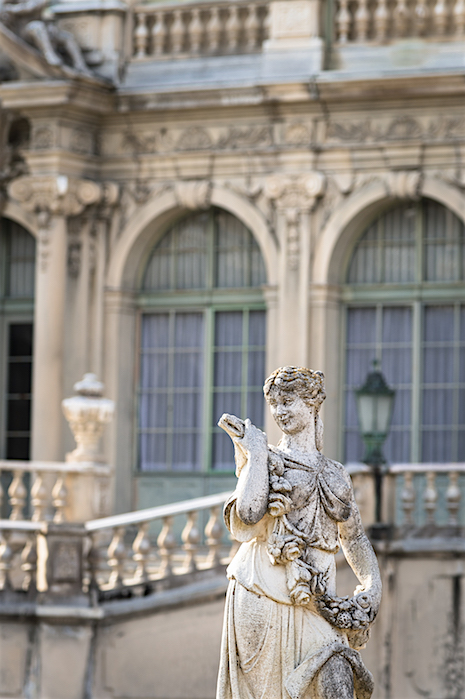
For the next 200 years or so, although subject to restrictions and surveillance by the Shogunate, trade with the Netherlands, China, and Korea continued at Dejima. Later, political turmoil in China was an obstacle to European merchants trading in ceramics in Jingdezhen, which enabled Japan’s later rise as a second production center. The European craving for porcelain was so strong that this era heralds the most rapid progress of Arita porcelain.
Recent research into the history of the East-West ceramics trade and the study of Dutch East India Company invoices and journals of official trade have confirmed that from 1650 to 1757, about 1.23 million pieces of Arita porcelain (Hizen porcelain) were exported. By including articles brought back privately by employees of the Dutch East India Company when returning home from factories in Asia including Japan, it can be estimated that an even larger number of Arita porcelain pieces were exported.
The volume of every-day utensils traded in Asia by Chinese merchants was even higher, and based on the analysis of the “Daily Journals of Batavia Castle,” Sakuraba claims that even in the short period from 1664 to 1682, about 3.74 million pieces arrived in Batavia (present Jakarta, the capital of Indonesia) from Nagasaki.*1
In addition, although it is considered that trade with Britain was not carried on directly, in fact, at Canton, Amoy, and Ningbo where the British East India Company had its base, Chinese trading ships acted as middlemen in the Japan/Britain porcelain trade, and it is reasonable to assume a great number of pieces were traded.*2
In the midst of these dramatic changes occurring in Europe and China, the production of Arita porcelain grew significantly, and Arita increasingly spread across the world.
- *1 Miki Sakuraba, “Western Court Art and Japanese Export Porcelain: Culture Development through East-West Trade” 2014, Geika Shoin Co., Ltd.
- *2 Christiaan J.A. Jörg, “THE COLOURS OF OLD JAPAN” JAPANESE EXPORT PORCELAIN, KAKIEMON AND EUROPEAN IMITATION, Dragons, Tigers and Bamboo: Japanese Porcelain and Its Impact in Europe: the Macdonald Collection, 2009, Douglas & Mcintyre Ltd.
